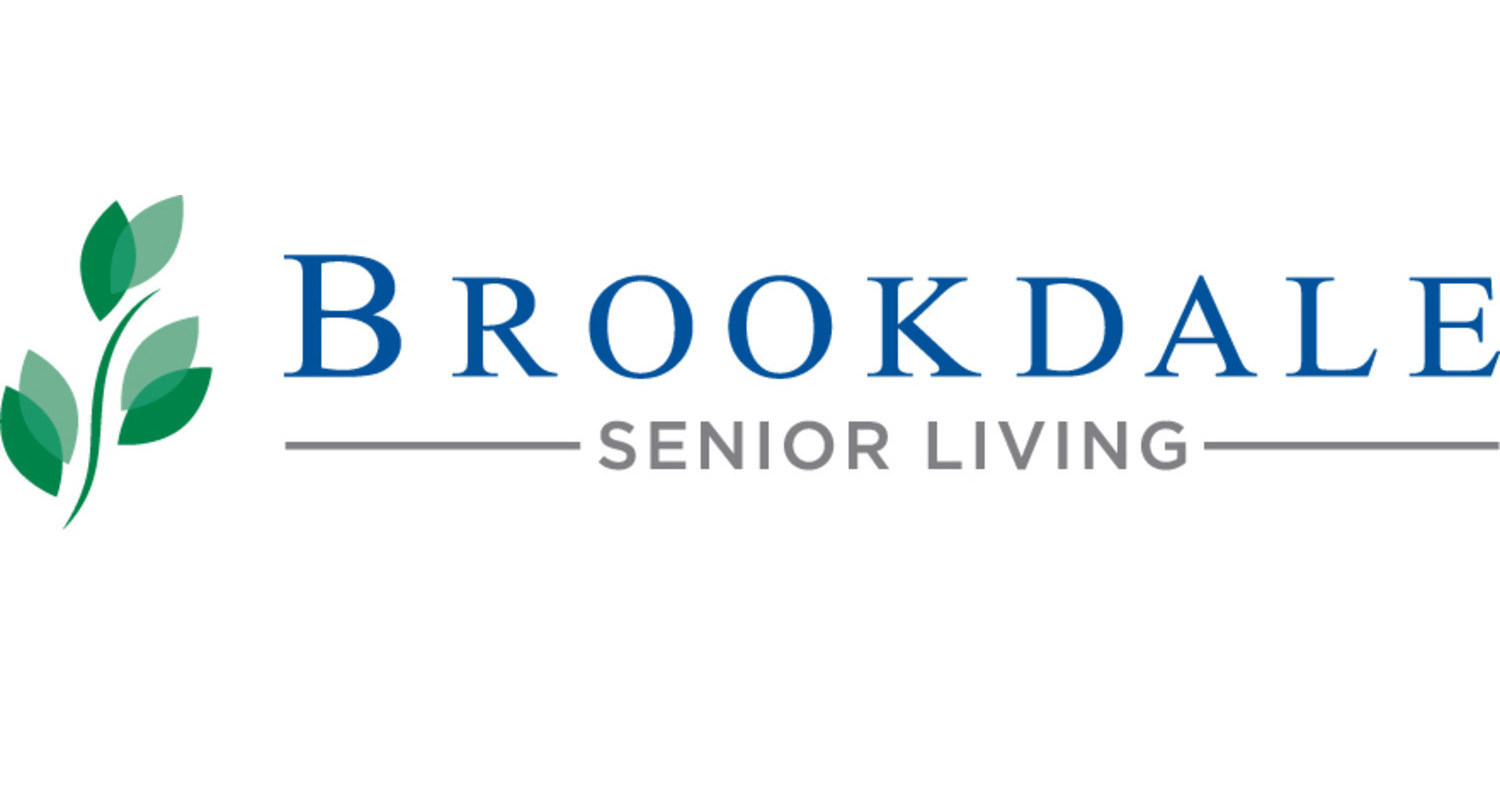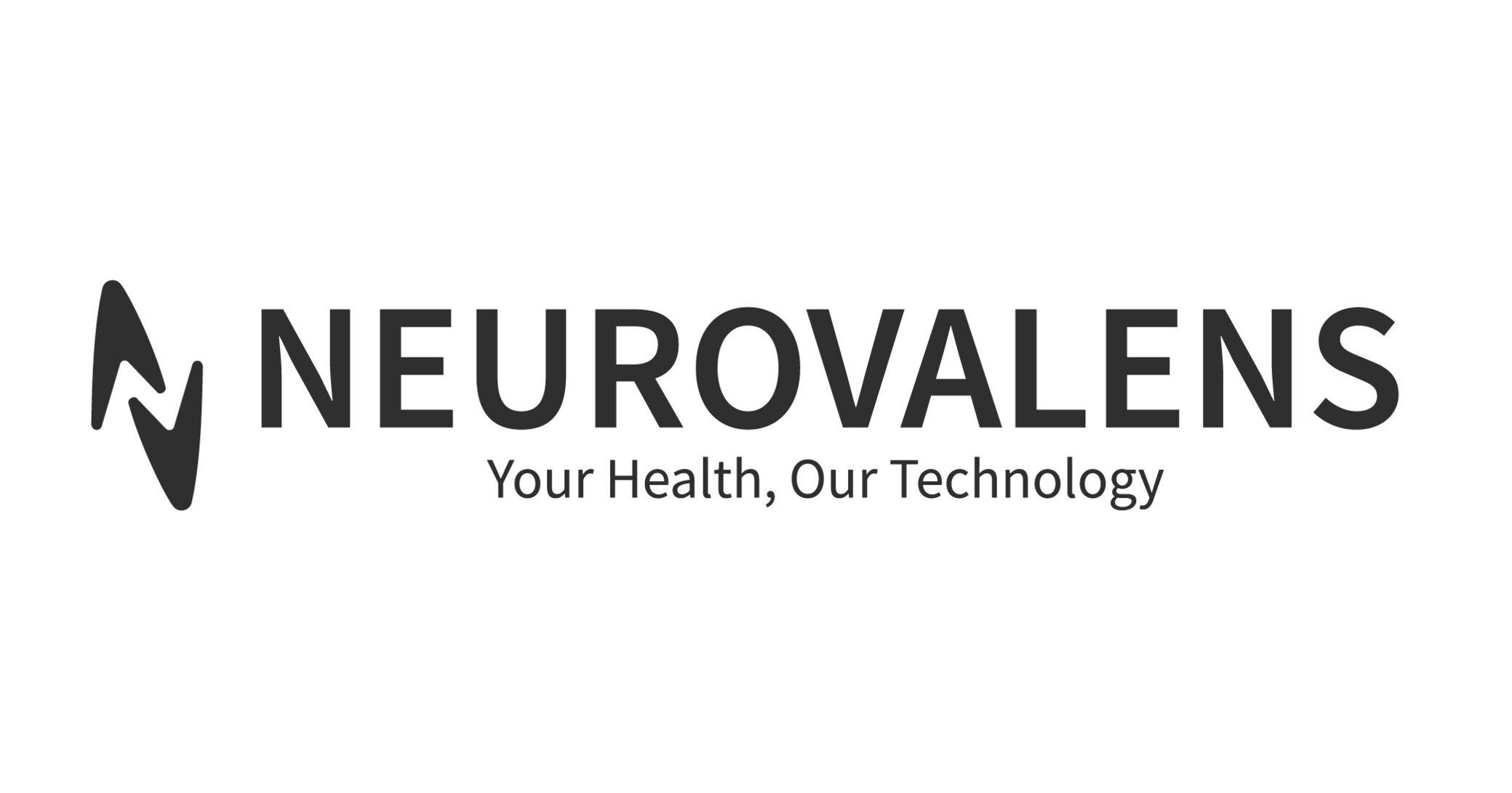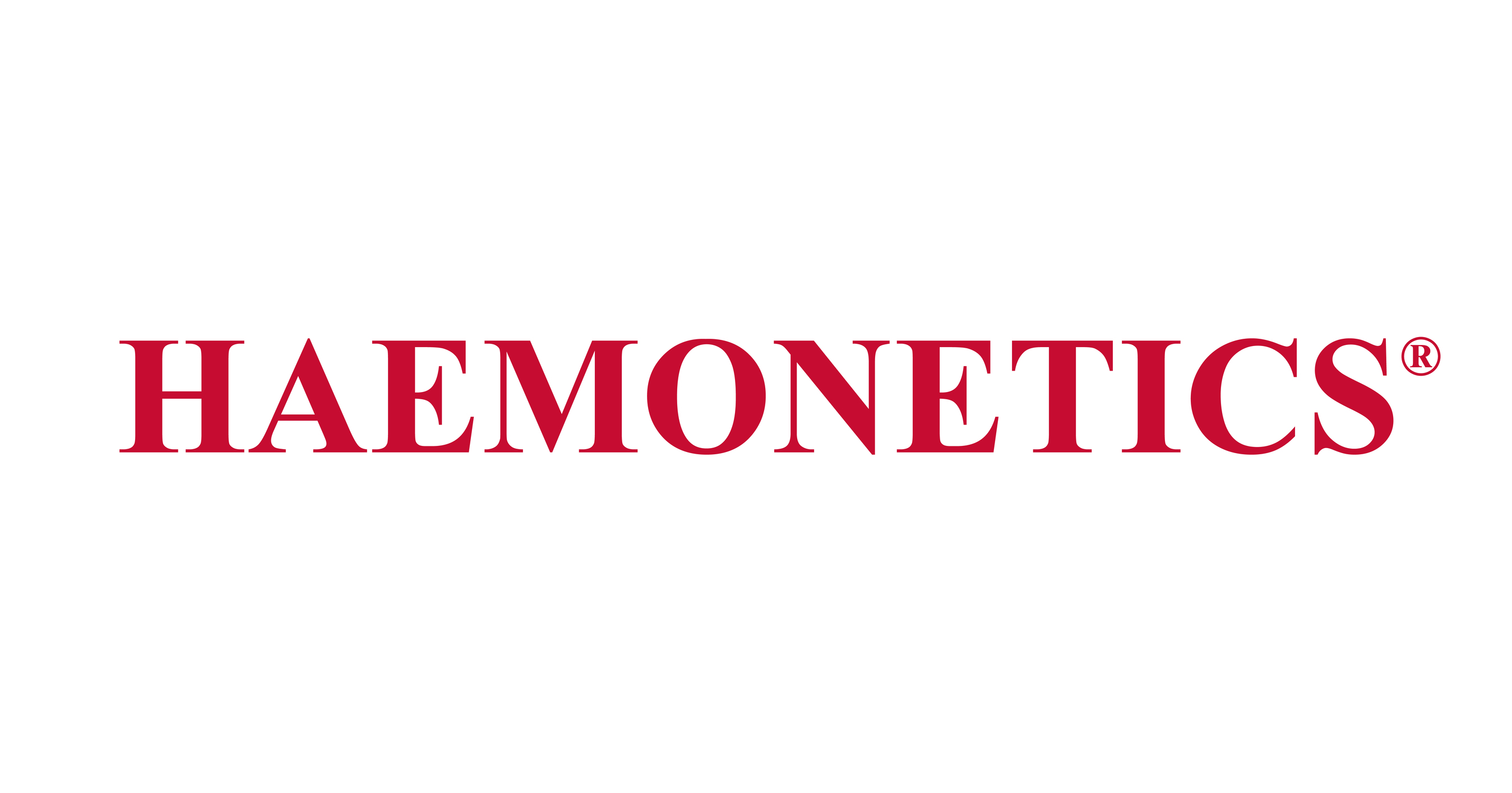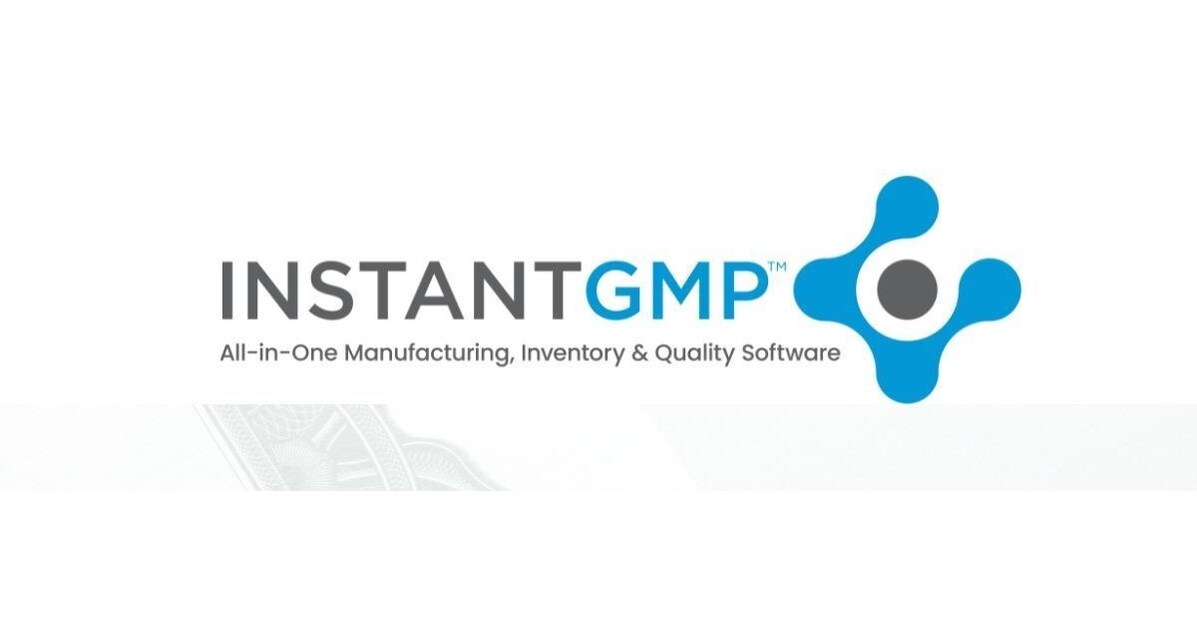- TAKHZYRO Solution for Injection in 2 mL Pre-Filled Pen is Now Approved to Facilitate Subcutaneous Administration in Adolescent (Aged 12 Years and Above) and Adult Patients with HAE.1
- The Pre-Filled Pen Option is Designed to Allow for An Individualized Treatment Approach for Adolescent and Adult HAE Patients.
- In the EU, TAKHZYRO is Approved for Routine Prevention of Recurrent HAE Attacks in Patients Aged 2 Years and Older.1
, /PRNewswire/ -- Takeda (TSE: 4502) (NYSE: TAK) announced today that the EMA has approved an additional 2 mL pre-filled pen option for TAKHZYRO® (lanadelumab) for subcutaneous administration in adolescents (aged 12 years and above) and adult patients with Hereditary Angioedema (HAE).1
The additional subcutaneous administration option expands Takeda's offering in this space, showing dedication to the HAE community while providing individualized treatment options to support patients with a life-threatening disease, by helping to reduce HAE burden and improving their Quality of Life.
"HAE affects an estimated 1 in 50,000 people worldwide and is often under recognised, under diagnosed and under treated.3 We welcome the swift approval by the EMA on this additional subcutaneous administration option," said Irmgard Andresen, Global Medical Lead HAE at Takeda. "HAE patients 12 years and older now have an additional individualized treatment option available to them."
TAKHZYRO® (lanadelumab) is currently approved as 150 mg solution for injection in pre-filled syringe, 300 mg solution for injection in pre-filled syringe, and 300 mg solution for injection in vial.1 This approval for an additional subcutaneous administration option, TAKHZYRO® 300 mg solution for injection in pre-filled pen, containing 300 mg of lanadelumab in 2 mL of solution, was supported by a clinical study.2
Takeda is dedicated to providing innovative treatment options to support patients, particularly those from underserved communities, and continues its leadership in HAE treatment, supported by a noteworthy data pool from historical engagement in this area.
Notes to editors:
About HAE
Hereditary angioedema (HAE) is a rare genetic disorder that results in recurring attacks of oedema – swelling – in various parts of the body, including the abdomen, face, feet, genitals, hands and throat. The swelling can be debilitating and painful.4 Attacks that obstruct the airways can cause asphyxiation and are potentially life threatening.5 HAE affects an estimated 1 in 50,000 people worldwide.3 It is often under recognised, under diagnosed and under treated.3
HAE, like so many other rare diseases, is highly complex, and patients, their families and caregivers often undergo years of strain trying to understand their disease, get a definitive diagnosis and gain access to the medicines they need. At Takeda we are a committed champion for the patients we serve. Every individual living with HAE is unique and by listening and reacting to their needs, we translate the insights we gain into innovative solutions – from diagnosis to ongoing management. Advancing the science is crucial to the way we operate and we are bold in our mission to accelerate diagnosis and develop treatments that will make a difference to the lives of HAE patients, their support networks and those medical professionals who care for them.
About Lanadelumab (TAKHZYRO®)1
Lanadelumab is a fully human monoclonal antibody that specifically binds and decreases plasma kallikrein and is indicated for routine prevention of recurrent attacks of HAE in patients aged 2 years and older.1 It was studied in one of the largest prevention studies in HAE with the longest active treatment duration, and Lanadelumab consistently demonstrated HAE attack reduction. Lanadelumab is formulated for subcutaneous administration and has a half-life of approximately two weeks.1 Lanadelumab is intended for self-administration or administration by a caregiver once trained by a healthcare professional.1
Product Name |
TAKHZYRO 150 mg solution for injection in pre-filled syringe; TAKHZYRO 300 mg solution for injection in pre-filled syringe; TAKHZYRO 300 mg solution for injection in pre-filled pen; TAKHZYRO 300 mg solution for injection |
Generic Name |
Lanadelumab |
Indication |
TAKHZYRO is indicated for routine prevention of recurrent attacks of hereditary angioedema (HAE) in patients aged 2 years and older. |
Posology and Administration |
This medicinal product should be initiated under the supervision of a physician experienced in the management of patients with hereditary angioedema (HAE). The recommended starting dose is 300 mg lanadelumab every 2 weeks. In patients who are stably attack free on treatment, a dose reduction to 300 mg lanadelumab every 4 weeks may be considered, especially in patients with low weight. In patients with a body weight less than 40 kg, a starting dose of 150 mg lanadelumab every 2 weeks may also be considered. In patients who are stably attack free on treatment, a dose reduction to 150 mg lanadelumab every 4 weeks may be considered. Children 2 to less than 12 years of age The recommended dose of lanadelumab for children 2 to less than 12 years of age is based on body weight (see table below) and should only be administered via a pre-filled syringe or vial. The pre-filled pen has not been studied in children 2 to less than 12 years of age and therefore should not be used. |
About Takeda
Takeda is focused on creating better health for people and a brighter future for the world. We aim to discover and deliver life-transforming treatments in our core therapeutic and business areas, including gastrointestinal and inflammation, rare diseases, plasma-derived therapies, oncology, neuroscience and vaccines. Together with our partners, we aim to improve the patient experience and advance a new frontier of treatment options through our dynamic and diverse pipeline. As a leading values-based, R&D-driven biopharmaceutical company headquartered in Japan, we are guided by our commitment to patients, our people and the planet. Our employees in approximately 80 countries and regions are driven by our purpose and are grounded in the values that have defined us for more than two centuries. For more information, visit www.takeda.com.
Guidance for use
TAKHZYRO treatment should be initiated under the supervision of a physician experienced in the management of patients with hereditary angioedema (HAE). For adults and adolescents (12 to less than 18 years of age), TAKHZYRO may be self-administered or administered by a caregiver only after training on subcutaneous injection technique by a healthcare professional. For children (2 to less than 12 years of age), TAKHZYRO should only be administered by a caregiver after training on SC subcutaneous injection technique by a healthcare professional.
Contraindication
Hypersensitivity to the active substance or to any of the excipients.
Hypersensitivity reactions have been observed. In case of a severe hypersensitivity reaction, administration of TAKHZYRO must be stopped immediately and appropriate treatment must be initiated.
The most commonly observed adverse reaction (52.4%) associated with TAKHZYRO was injection site reactions (ISR) including injection site pain, injection site erythema and injection site bruising. Of these ISRs, 97% were of mild intensity, 90% resolved within 1 day after onset with a median duration of 6 minutes.
Hypersensitivity reaction (mild and moderate pruritus, discomfort and tingling of tongue) was observed (1.2%)
Very common adverse reactions (frequency ≥1/10) were injection site reactions including: pain, erythema, bruising, discomfort, haematoma, haemorrhage, pruritus, swelling, induration, paraesthesia, reaction, warmth, oedema and rash.
Please consult the EMA TAKHZYRO® Summary of Product Characteristics before prescribing.1
Important Notice
For the purposes of this notice, "press release" means this document, any oral presentation, any question-and-answer session and any written or oral material discussed or distributed by Takeda Pharmaceutical Company Limited ("Takeda") regarding this release. This press release (including any oral briefings and any question-and-answer in connection with it) is not intended to, and does not constitute, represent or form part of any offer, invitation or solicitation of any offer to purchase, otherwise acquire, subscribe for, exchange, sell or otherwise dispose of, any securities or the solicitation of any vote or approval in any jurisdiction.
1 https://www.ema.europa.eu/en/medicines/human/EPAR/takhzyro. Relevant documents to be published here as soon as publicly available.
2 https://www.clinicaltrials.gov/study/NCT03918239?intr=NCT03918239&rank=1#more-information. Last accessed: February 2025.
3 Longhurst, H. J., & Bork, K. (2019). Hereditary angioedema: an update on causes, manifestations and treatment. British Journal of Hospital Medicine, 80(7), 391-398.
4 Maurer, M., et al. (2022). The international WAO/EAACI guideline for the management of hereditary angioedema—The 2021 revision and update. Allergy, 77(7), 1961–1990. https://doi.org/10.1111/all.15214.
5 Banerji, A., Davis, K. H., Brown, T. M., Hollis, K., Hunter, S. M., Long, J., ... & Devercelli, G. (2020). Patient-reported burden of hereditary angioedema: findings from a patient survey in the United States. Annals of Allergy, Asthma & Immunology, 124(6), 600-607.
Logo - https://mma.prnewswire.com/media/1830807/5178157/Takeda_Logo.jpg

WANT YOUR COMPANY'S NEWS FEATURED ON PRNEWSWIRE.COM?
![]()
440k+
Newsrooms &
Influencers
![]()
9k+
Digital Media
Outlets
![]()
270k+
Journalists
Opted In
.png)
 German (DE)
German (DE)  English (US)
English (US)  Spanish (ES)
Spanish (ES)  French (FR)
French (FR)  Hindi (IN)
Hindi (IN)  Italian (IT)
Italian (IT)  Russian (RU)
Russian (RU)  3 hours ago
1
3 hours ago
1









Comments